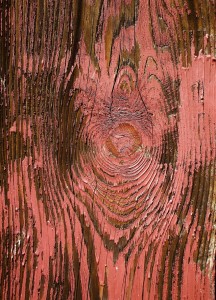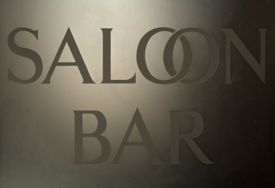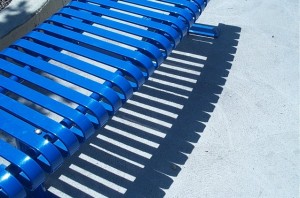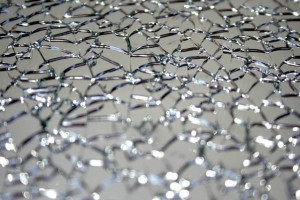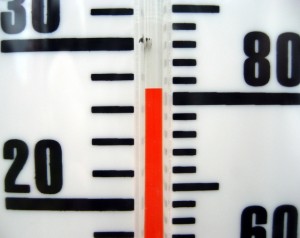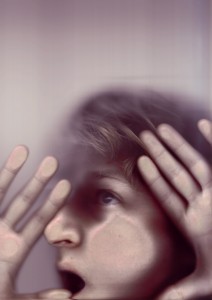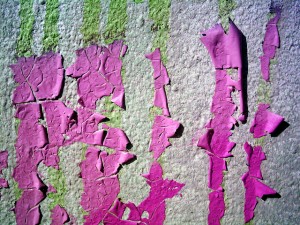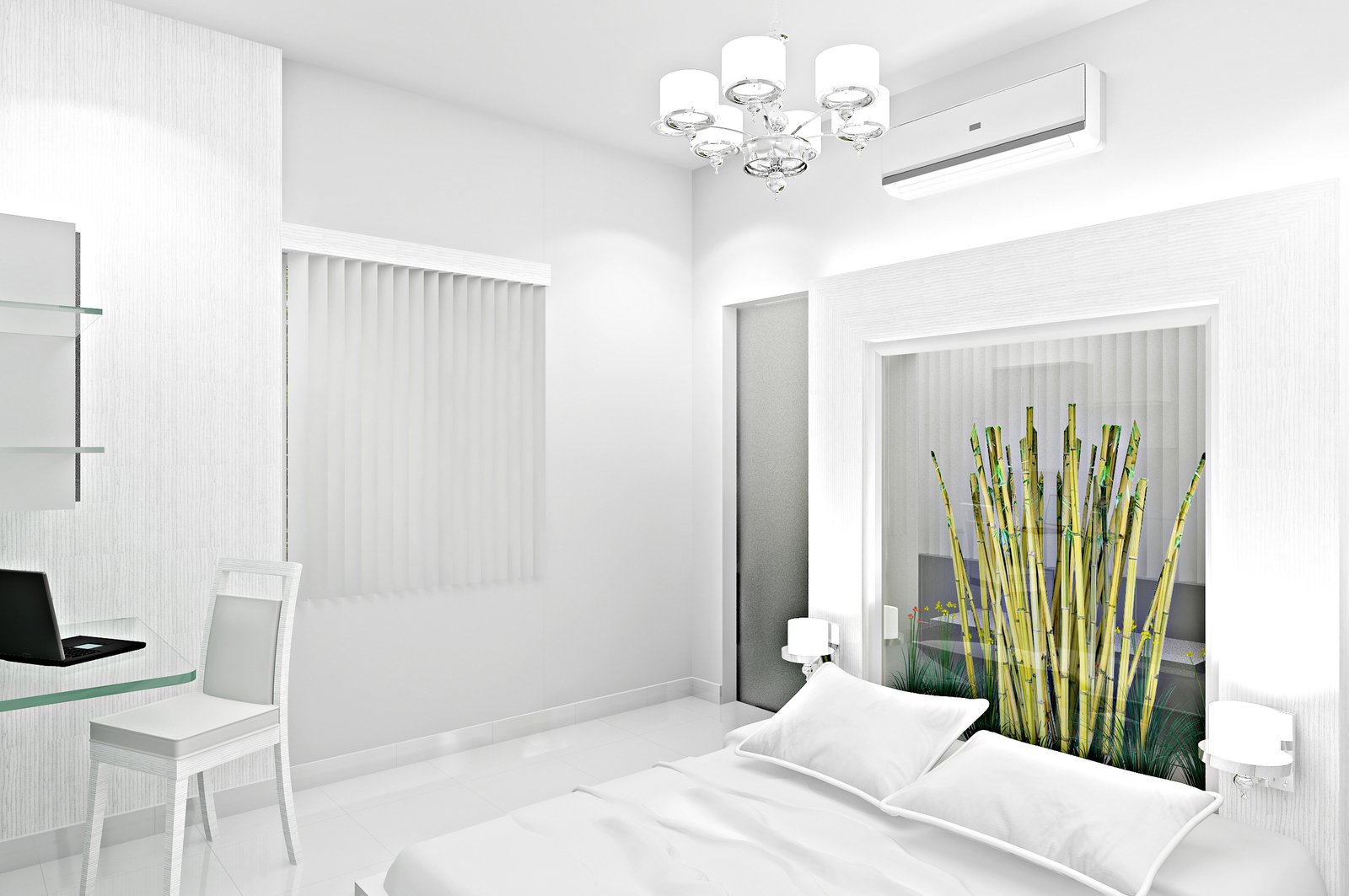Glassprimer™ glass paint’s 10-year warranty
Think of the last five things you’ve purchased. How long was the warranty? 90 days? 1 year? 5 years? Glassprimer™ glass paint comes with a 10-year limited warranty that guarantees that our glass paint will give exceptional performance for a full 10 years.
What’s in Glassprimer™ glass paint’s warranty
Glassprimer™ glass paint can be used for either interior or exterior applications, and it will deliver superior performance in either case, but the warranty applies only to interior applications. Glassprimer™ glass paint offers exceptional UV-light resistance, which means that it won’t chip, crack or fade, even when exposed to direct sunlight.
In an interior application, UV light resistance is important because UV light may not be distributed evenly. Some areas of a painted project may receive near-constant exposure, while other parts of the same application may receive virtually none. Ordinary paints will fade in this circumstance, leaving a project with uneven coloration and surface performance over time.
With Glassprimer™ glass paint’s 10-year warranty, you can be confident that the paint will retain its beautiful appearance for at least a decade, when applied according to the terms of the warranty.
Glassprimer™ glass paint can be applied with a high-volume, low-pressure paint sprayer, a paint roller or a paint brush. To take advantage of the warranty, the paint must be applied using a sprayer. While you can choose your preferred application method, we recommend spray application because a sprayer can apply the paint in easily controlled, uniform layers. The uniformity of the layer controls the drying and curing times of the paint, and in some cases the final appearance of the project. Using a sprayer, you can apply between 3 and 8 coats of paint to a glass surface to achieve the desired final appearance.
The warranty is also limited by who applies the paint. The warranty specifies that the product must be applied by trained personnel. Glassprimer provides training for individuals who wish to become certified Glasspaint specialists. Being able to offer a 10-year warranty on backpainted glass products can give a provider a distinct competitive advantage!
If you’d like more information about the Glassprimer™ glass paint warranty or available training, please give us a call at (888) 619-2226. If you’d like to purchase Glassprimer™ glass paint, please visit our online store .
Photo Credit: caffe, via FreeImages.com


